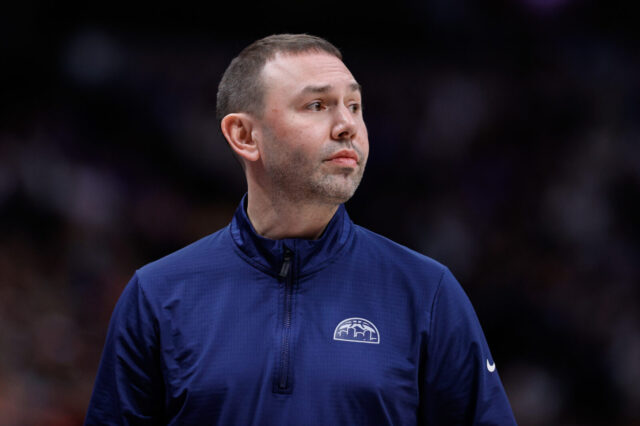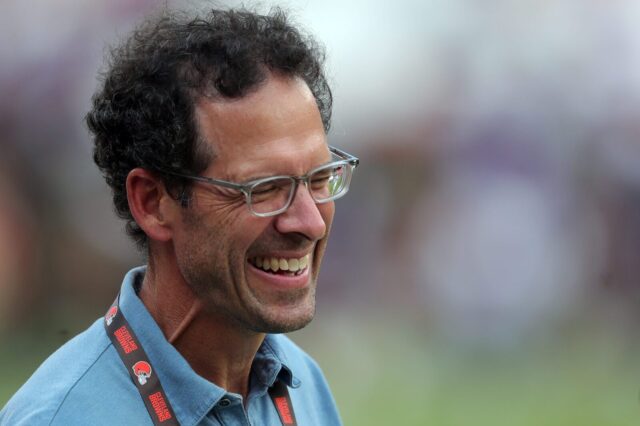Through a sample of 19 games, almost one-third of the way through the season, there’s enough data to be able to make concrete decisions on who belongs and who doesn’t belong in the everyday lineup.
While a few key names in the Rockies lineup haven’t quite hit their stride yet, such as David Dahl, or Sam Hillard, but others have been able to contribute at higher levels than expected. A notable name, and perhaps the most impressive relative to his expectation, is Garrett Hampson.
Obviously his speed was a tool that landed him a role in the organization, but he’s improved his bat in a delightfully shocking way. His glove, which has been good, continues to be good.
After a season with a painfully below average xwOBA of .274, Garrett Hampson has seen a spike in that number to an xwOBA of .429, good for 28th in the league, one spot below Aaron Judge, and 8 spots above teammate Trevor Story.
While his actual wOBA is slightly lower at .402, xwOBA gives us a good indication that he’s been even slightly unlucky. Even so, his production on a rate basis has been on par with the red-hot Trevor Story and Daniel Murphy, though these two have benefitted from a larger game sample.
Why the sudden change? It was fairly dramatic, to go from a below-replacement-level bat to an above average major league starting caliber player. Hampson’s batted ball profile gives very valuable insight as to why he’s been so much better at the plate.
Hampson has improved his hit hit rate from 26.2% to 31.3%. His Barrel% lept from 3.6% and 3.7% the past two seasons to a respectable rate of 12.5%. Both of these are significant factors in his leap undoubtedly.
Perhaps the most telling detail about his batted ball profile is less about how hard he’s hitting the ball, but more about where he’s hitting it. Hampson’s average launch angle in 2019 was around 13.3 degrees. In 2020 so far, Hampson raised this to an average of 20.6 degrees. To that same effect, Hampson’s groundball rate a season ago was 46.5%. This season, Hampson decreased this number to 31.5%. The counter-effect to this was the absurd spike in his Line drive percentage from 22.8% to 40.5%.
Hampson’s change likely stemmed from a swing change that he made in conjunction with Rockies’ hitting coach Dave Magadan. Some hitters try to adjust their launch angle via bat path adjustments. Hampson’s change is a bit different. It seems like his bat path wasn’t the piece that needed adjusting, but rather his load.
In a recent post-game interview, Hampson shed some light on a mechanical adjustment he made near the end of last year. Hampson credited the reduction of his leg kick to his sudden success.
This is certainly a cause-and-effect situation. It seems as if removing the leg kick has allowed his launch angle to improve. If that was intentional or not is unknown, but at any rate, Hampson has improved his batted ball profile in a dramatic way.
There’s an old baseball saying that goes, “If you hit, you don’t sit”. Hampson has clearly taken care of that. His speed adds to his offensive value as well. Even defensively, Hampson has already racked up 2 DRS to boost his fielding profile.
His positional versatility only adds to his case to be a starter. he’s been at least an average-to-above-average defenseman at multiple positions over his tenure in the Major Leagues. He can play all three outfield positions, second base, and even shortstop for the rare Trevor Story off-day.
Moving forward, putting Garrett Hampson’s name on the lineup card every day should be an easy decision.



